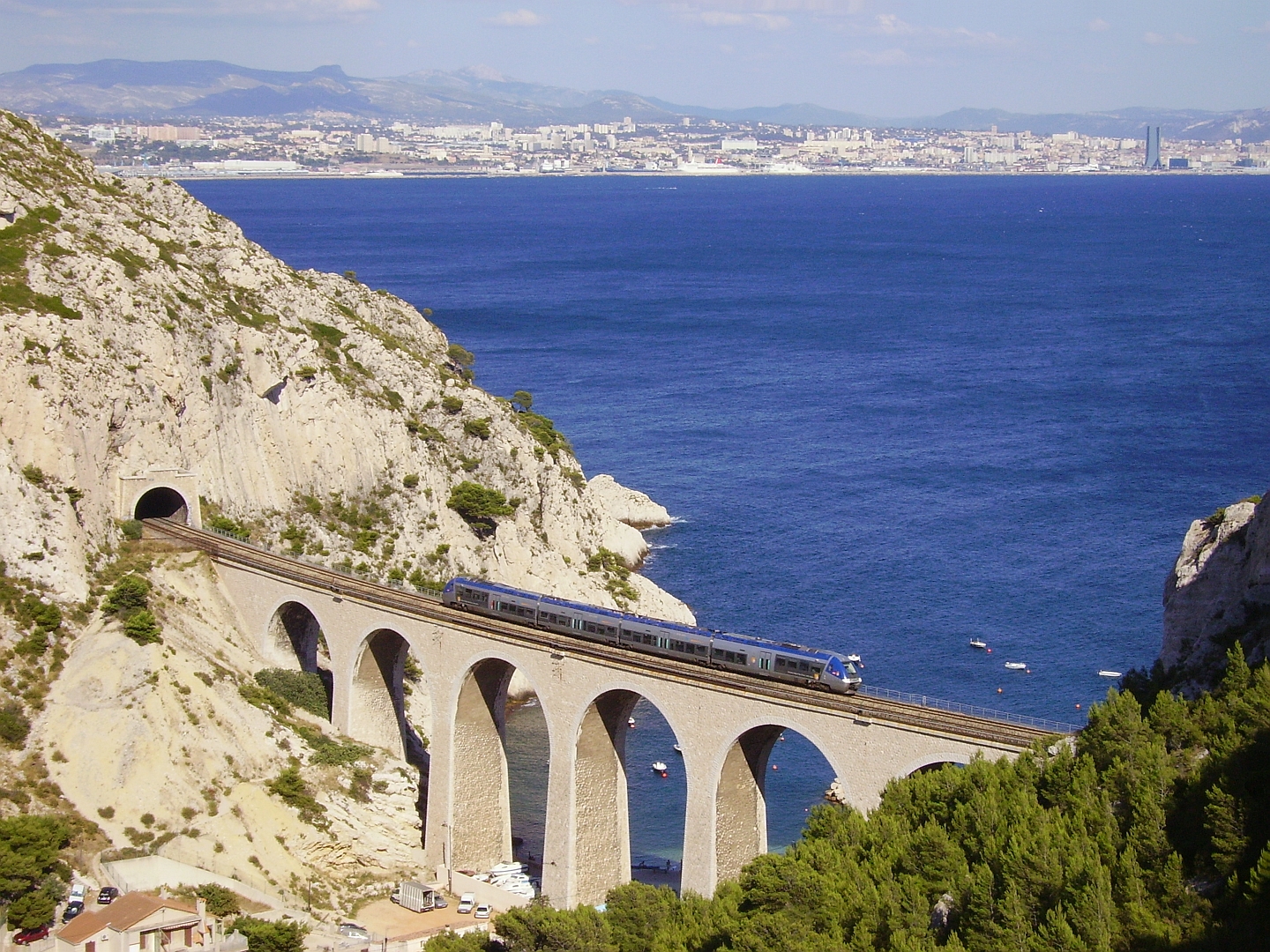|
Lisle-sur-Tarn Station
Lisle-sur-Tarn is a railway station in Lisle-sur-Tarn, Occitania (administrative region), Occitanie, France. It is on the Brive-la-Gaillarde - Toulouse (via Capdenac) railway, Brive–Toulouse (via Capdenac) railway line. The station is served by Transport express régional, TER (local) services operated by SNCF. Train services The following services currently call at Lisle-sur-Tarn: TER Occitanie, accessed 11 May 2022. *local service (TER Occitanie) Toulouse–Albi–Rodez *local service (TER Occitanie) Toulouse–Figeac–Aurillac References Railway stations in Tarn (department) {{Pyrenees-railstation-stub ...[...More Info...] [...Related Items...] OR: [Wikipedia] [Google] [Baidu] |
Lisle-sur-Tarn
Lisle-sur-Tarn (; oc, L'Illa d'Albigés) is a commune in the Tarn department in southern France. Geography The city is located halfway between Toulouse and Albi on the A68 motorway, in the Gaillac vineyard, on the banks of the Tarn. Historically speaking, it is also located on one of the ancient Ways of St. James. History Created as a '' bastide'' by Raymond VII, Count of Toulouse in the 13th century, after the destruction of the castle of Montagut, ordered by the crusaders during the Albigensian Crusade. Thanks to local productions such as pastel and Gaillac wine, the city became an important market with a fluvial port on the Tarn. This extensive heritage, in a region that is still producing wine nowadays, plays an important role in the local tourism-oriented economy. Demography Transport Lisle-sur-Tarn station has rail connections to Toulouse, Aurillac, Albi and Rodez. Notable facts The village was designed with perpendicular, regularized streets with red ... [...More Info...] [...Related Items...] OR: [Wikipedia] [Google] [Baidu] |
Occitania (administrative Region)
Occitania ( ; french: Occitanie ; oc, Occitània ; ca, Occitània ) is the southernmost administrative region of metropolitan France excluding Corsica, created on 1 January 2016 from the former regions of Languedoc-Roussillon and Midi-Pyrénées. The Council of State approved Occitania as the new name of the region on 28 September 2016, coming into effect on 30 September 2016. The modern administrative region is named after the larger cultural and historical region of Occitania, which corresponds with the southern third of France. The region of Occitania as it is today covers a territory similar to that ruled by the Counts of Toulouse in the 12th and 13th centuries. The banner of arms of the Counts of Toulouse, known colloquially as the Occitan cross, is used by the modern region and is also a popular cultural symbol. In 2015, Occitania had a population of 5,839,867. Toponymy Enacted in 2014, the territorial reform of French regions had been subject to debate for many years. ... [...More Info...] [...Related Items...] OR: [Wikipedia] [Google] [Baidu] |
Brive-la-Gaillarde - Toulouse (via Capdenac) Railway
Brive-la-Gaillarde (; Limousin dialect of oc, Briva la Galharda) is a commune of France. It is a sub-prefecture and the largest city of the Corrèze department. It has around 46,000 inhabitants, while the population of the agglomeration was 75,579 in 2019. Although it is by far the biggest commune in Corrèze, the capital is Tulle. In French popular culture, the town is associated with a song by Georges Brassens. History Even though the inhabitants settled around the 1st century, the city only started to grow much later. From around the 5th century onwards, the original city began to develop around a church dedicated to Saint-Martin-l'Espagnol. During the 12th century walls were built around the city and during the Hundred Years' War a second wall was built. These fortifications no longer exist and have been replaced by boulevards. The commune was named "Brive" until 1919, when it was renamed "Brive-la-Gaillarde". The word "Gaillarde" (still used in current French) probably ... [...More Info...] [...Related Items...] OR: [Wikipedia] [Google] [Baidu] |
Transport Express Régional
Transport express régional (, usually shortened to TER) is the brand name used by the SNCF, the French national railway company, to denote rail service run by the regional councils of France, specifically their organised transport authorities. The network serves French regions; Île-de-France (Transilien) and Corsica ( CFC) have their own specific transport systems. Every day, over 800,000 passengers are carried on 5,700 TER-branded trains.Le TER en 2030 ''SNCF'' Retrieved 2011-02-15 TER is part of , a branch of the SNCF dealing with urban and regional passenger rail, which also includes |
SNCF
The Société nationale des chemins de fer français (; abbreviated as SNCF ; French for "National society of French railroads") is France's national state-owned railway company. Founded in 1938, it operates the country's national rail traffic along with Monaco, including the TGV, on France's high-speed rail network. Its functions include operation of railway services for passengers and freight (through its subsidiaries SNCF Voyageurs and Rail Logistics Europe), as well as maintenance and signalling of rail infrastructure (SNCF Réseau). The railway network consists of about of route, of which are high-speed lines and electrified. About 14,000 trains are operated daily. In 2010 the SNCF was ranked 22nd in France and 214th globally on the Fortune Global 500 list. It is the main business of the SNCF Group, which in 2020 had €30 billion of sales in 120 countries. The SNCF Group employs more than 275,000 employees in France and around the world. Since July 2013, the SNCF Grou ... [...More Info...] [...Related Items...] OR: [Wikipedia] [Google] [Baidu] |

